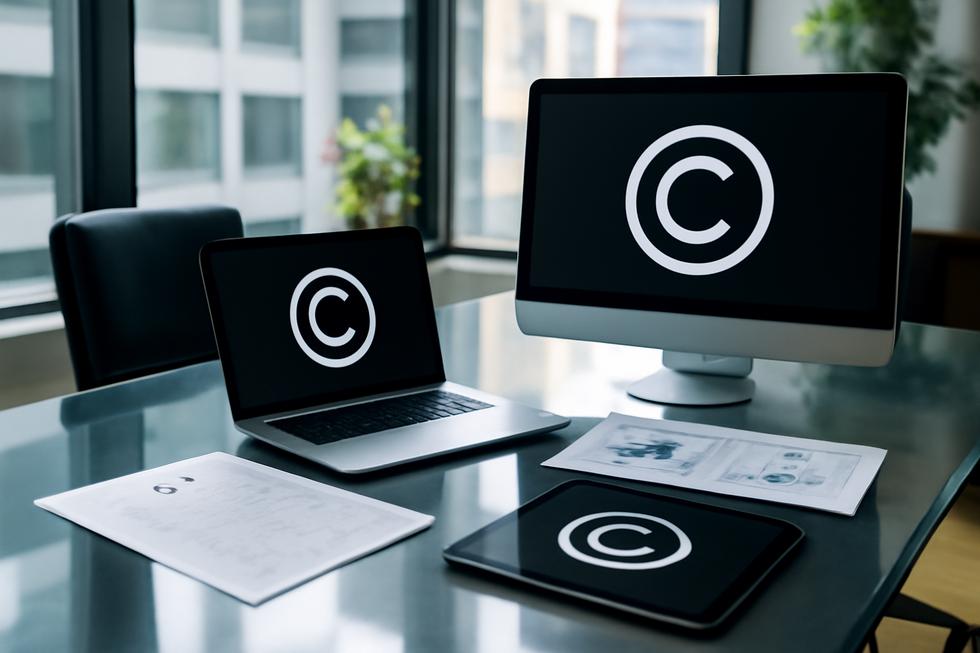Introduction
For business owners, safeguarding intellectual property is crucial for maintaining competitive advantage and ensuring legal protection. Central to this protection is the proper use of copyright information examples, which clearly communicate ownership, publication dates, and usage rights. Recognizing the significance of such information empowers business leaders to avoid costly infringements and assert their rights confidently. This guide explores copyright information formats and their legal implications, focusing first on their structure and significance. Next, it delves into their application in academic and published works, followed by an examination of how they protect digital and visual media. The guide then highlights the role of copyright information in permission, attribution, and licensing, culminating in an analysis of the technical components and standardized elements vital for clear communication. Together, these chapters provide a comprehensive understanding tailored for businesses seeking to secure and manage their creative assets effectively.
Tables of Contents
Chapter 1: Understanding Copyright Information Example Formats and Their Legal Implications
- Navigating the Intersection of Technology and Law in Copyright Information Formats
- The Economic and Societal Influence of Copyright Formats and Legal Awareness
Chapter 2: Applying Copyright Information Example in Academic and Published Works
- Crafting Clear and Effective Copyright Notices and Attributions in Academic and Published Materials
- Navigating Permissions, Fair Use, and Licensing in Academic Copyright Practice
Chapter 3: Interpreting Copyright Information Example for Digital and Visual Media Protection
- Navigating Copyright Law and Fair Use in Digital and Visual Media Contexts
- Navigating Real-World Scenarios: Effective Use of Copyright Information in Digital and Visual Media
Chapter 4: Role of Copyright Information Example in Permission, Attribution, and Licensing
- How Copyright Information Examples Clarify Permission and Legal Use of Creative Works
- How Copyright Information Shapes Attribution, Licensing, and Creators’ Control
Chapter 5: Technical Components and Standard Elements of a Copyright Information Example
- Decoding the Structure and Legal Weight of Copyright Notices in Creative Works
- Essential Elements and Registration Process of Software Copyright Information Examples
Chapter 1: Understanding Copyright Information Example Formats and Their Legal Implications
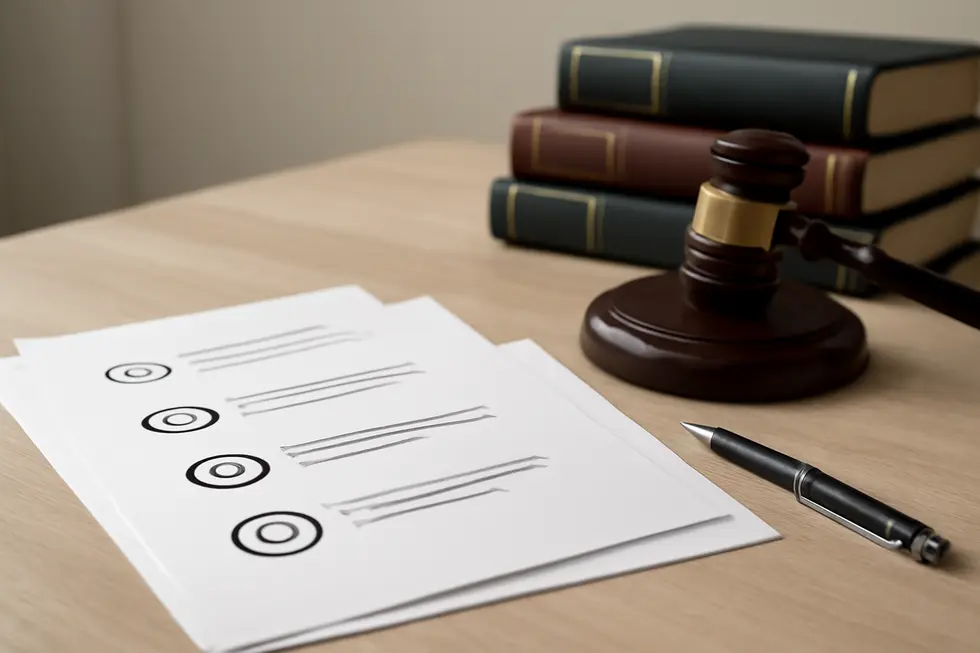
1. Navigating the Intersection of Technology and Law in Copyright Information Formats
Navigating the Intersection of Technology and Law in Copyright Information Formats
Copyright information formats play a pivotal role where technological clarity intersects with legal protection. Typically characterized by a structured combination of the © symbol, publication years, and the copyright holder’s name—such as “© 2013-2023 John Smith Photography”—these formats are crucial both for deterring infringement and establishing clear ownership. Although not legally mandatory, displaying these notices prominently, especially on each page featuring protected content, helps limit defenses like “innocent infringement,” which can minimize legal risk.
From a legal standpoint, copyright safeguards the original expression of ideas, not the ideas themselves. For example, abstract concepts like algorithms cannot be copyrighted; however, their specific manifestations, such as source code and documentation, do receive copyright protection. This distinction often requires that creators utilize additional intellectual property protections such as patents or trade secrets to fully secure their innovations. Understanding these nuances ensures that copyright information formats effectively communicate rights without overstepping legal boundaries.
In parallel, proper citation and attribution formats contribute to respecting ownership within academic and commercial contexts. Styles like APA, MLA, and Chicago delineate how to credit diverse creative works—ranging from musical recordings to archival materials—by confirming authorship, publication details, and medium. Importantly, the precise wording mandated by copyright holders or licenses may override conventional citation rules to fulfill legal requirements. Nonetheless, appropriate attribution never substitutes for obtaining explicit permission when necessary, underscoring the legal gravity behind these notices.
Libraries and information sciences further illustrate how technological and legal dimensions converge. They operate within frameworks that balance user access and copyright compliance, often leveraging fair use provisions for educational purposes. Additionally, compliance with Digital Rights Management (DRM) systems ensures authorization controls are maintained, mitigating unauthorized copying or distribution. Libraries enact policies designed to prevent infringement and serve an educational function, helping users navigate complex copyright landscapes effectively.
Ultimately, copyright information formats reflect multifaceted implications across fields such as photography, software development, academia, and librarianship. These formats act not only as informational tools but also as legal instruments, providing clarity and fostering respect for intellectual property. For a deeper discussion on the legal significance of copyright in commerce and business environments, see Copyright Definition and Economics in Business.
For further insights into the legal protection of original expressions, especially in dynamic technological contexts, consult external resources such as Copyright Law and Algorithm Protection.
2. The Economic and Societal Influence of Copyright Formats and Legal Awareness
Understanding copyright information formats and their legal implications significantly shapes both economic structures and societal norms. Copyright grants creators exclusive rights to reproduce, distribute, and adapt their original works, creating a foundation for financial incentives that foster innovation. By legally protecting creative efforts, copyright enables creators and businesses to secure stable revenue streams, stimulating growth across diverse sectors such as publishing, music, film, and software. These protections support numerous jobs from content creation to marketing and retail, reinforcing a robust creative economy.
Moreover, the ability to transfer or license copyrights promotes flexible business models, allowing creators to monetize their works through various channels. This flexibility leads to wider dissemination of creative content and spurs further innovation by enabling new collaborations and adaptations. The clarity provided by proper copyright notices and formats helps stakeholders navigate rights management effectively, reducing misunderstandings and potential legal conflicts.
On a societal level, copyright balances the exclusive rights of creators with public interest by limiting protection duration and defining usage boundaries. This balance ensures that cultural, historical, and educational materials eventually enter the public domain, facilitating knowledge sharing and cultural continuity. Libraries, educational institutions, and information centers rely on accurate copyright information to provide lawful access to materials while supporting research and learning.
The digital era introduces complex licensing dynamics, where understanding copyright formats is essential for navigating agreements related to e-books, journals, and databases. Proper comprehension ensures legal access and use, fostering educational and technological advancement. Emerging issues such as Text and Data Mining (TDM) exemptions exemplify the ongoing tensions between copyright protection and innovation. These exemptions allow machine learning and AI development while requiring careful application to respect creators’ rights.
Importantly, copyright operates as a negative right, preventing unauthorized use rather than granting permissions. This distinction underscores why familiarity with copyright notice formats and legal implications is vital to avoid infringement and promote ethical content use. Recognizing these elements supports a culture that values original expression and simultaneously encourages knowledge dissemination and technological progress.
For a detailed perspective on the intersection of intellectual property and economic growth, refer to the U.S. Chamber of Commerce’s insights on intellectual property and innovation. Additionally, exploring how copyright facilitates various business models can be further understood through resources explaining copyright distribution rights and business.
Chapter 2: Applying Copyright Information Example in Academic and Published Works
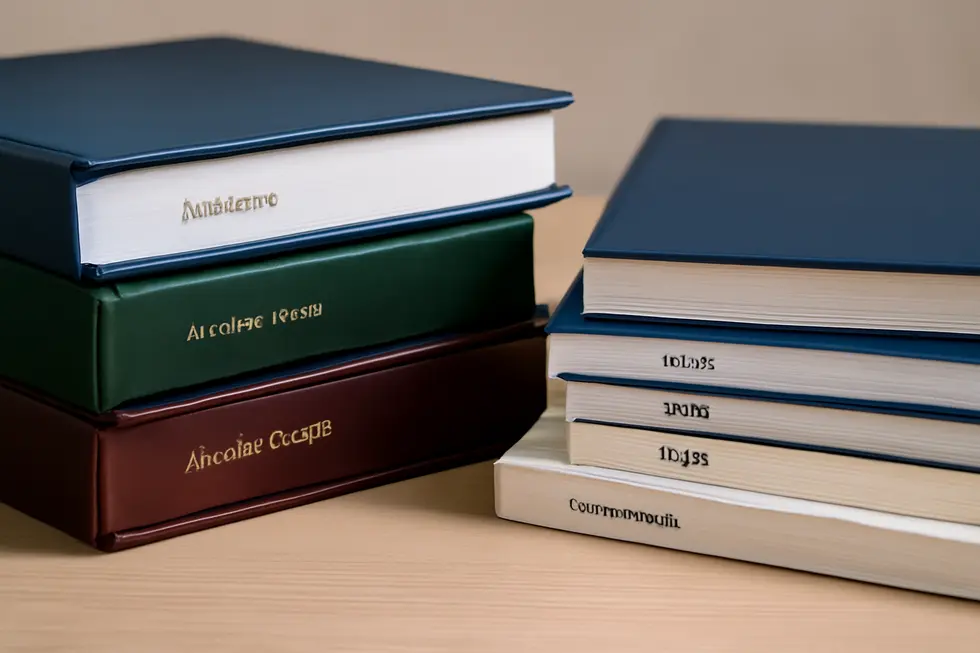
1. Crafting Clear and Effective Copyright Notices and Attributions in Academic and Published Materials
Properly presenting copyright information in academic and published works is essential for signaling legal ownership and respecting intellectual property rights. A standard copyright notice typically comprises three fundamental components: the copyright symbol © or the word “Copyright,” the year of first publication, and the name of the copyright holder. For example, a simple notice like © 2024 John Doe succinctly communicates ownership and the timeframe of protection.
This straightforward format serves multiple important functions. It informs readers that the work is safeguarded by copyright law, identifies the rights holder unambiguously, and situates the creation within a specific publication year, which can influence the duration of protection. While the notice itself is not mandatory for copyright to exist, incorporating it is a prudent practice to discourage infringement and clarify legal standing.
In more complex academic works, the need to credit multiple copyright owners often arises, especially when the manuscript contains third-party images, tables, or excerpts. Each element owned by a different entity should be accompanied by its own copyright statement, listing the relevant year and holder. For instance, portions of a thesis might include:
Portions of Chapter 2 © 2022 American Institute of Physics
Chapter 3 © 2023 Josephine Bruin Publishing
All other materials © 2024 Your Name
This delineation respects the distinct rights of contributors and prevents confusion about which parts are subject to different protections.
When using copyrighted content created by others, the role of attribution becomes paramount. Proper attribution extends beyond simply naming the source; it must align with any specific instructions stipulated by the copyright holder or license. This often includes the original author, year, source details (such as title and URL or DOI), a copyright statement like “Copyright [year] by Name,” and notes on whether the material is reprinted or adapted with permission. A typical attribution may read:
Adapted from Title, by A.A. Author, year, Site Name. Copyright [year] by Name. Reprinted with permission.
It is critical to recognize that attribution does not replace the requirement to obtain permission when the work is not covered under fair use or similar exemptions. Permission must be secured where the law or license demands it.
Additionally, while copyright protection automatically applies when a work is created and fixed in a tangible medium, registration with the U.S. Copyright Office is advisable for strengthening legal claims and enabling formal enforcement through litigation. Including a copyright notice alongside registration streamlines asserting rights if infringement occurs.
By consistently applying these principles—using the © symbol or the word “Copyright,” including publication years, specifying rights holders, providing detailed attributions for third-party content, and considering registration—authors and publishers ensure transparent communication of copyright status. Such clarity supports the ethical and legal use of materials across academic disciplines and publishing platforms.
For more detailed guidance on formatting and attribution in scholarly work, resources like the University of California, Irvine thesis manual provide invaluable examples and best practices.
Learn more about the foundational legal protections and economic rationale behind copyright at copyright definition for business owners.
University of California, Irvine thesis manual
2. Navigating Permissions, Fair Use, and Licensing in Academic Copyright Practice
When incorporating copyrighted material into academic or published works, understanding how permissions, fair use, and licensing operate is essential to respect creators’ rights and comply with the law. Permissions involve proactively obtaining authorization from copyright holders before reusing protected content such as journal articles, images, or excerpts. This process typically requires identifying the rights owner—often a publisher—clearly stating the intended use, and securing formal consent, usually documented through a license or written agreement. Maintaining detailed records of these permissions safeguards against future disputes and demonstrates good-faith compliance.
Fair use is a critical legal doctrine that permits limited use of copyrighted materials without explicit permission, especially under circumstances like criticism, commentary, parody, or educational illustration. However, fair use is evaluated on a case-by-case basis using four factors: the purpose and character of the use (with nonprofit educational purposes generally favored), the nature of the original work (published factual works more likely qualify), the quantity used (smaller excerpts support fair use stronger), and the effect on the market for the original (minimal or no market harm strengthens the fair use claim). For example, copying brief sections of textbooks for classroom use often qualifies as fair use, whereas reproducing full chapters or uploading entire films online without permission typically does not. Due to its context-dependent application, when uncertainty arises, obtaining permission remains the safer course.
Licensing frameworks provide another important dimension. Many creators release materials under open licenses such as Creative Commons, which clarify allowed uses with minimal administrative burden. These licenses usually require attribution and may impose restrictions like noncommercial use or no derivatives. Confirming license terms before reuse ensures proper compliance and fosters respectful sharing of knowledge.
Academic authors must also be aware that publishing agreements often transfer some rights to publishers. While authors retain moral rights, reuse of their own published work—such as reproducing figures or chapters in new publications—might still require publisher approval. Understanding these contracts helps avoid unintentional infringement.
In summary, responsible reuse of copyrighted materials in academic and published works blends clear permission requests, careful fair use assessments, compliance with licensing terms, and awareness of contractual rights. This balanced approach respects legal protections while enabling scholarly communication and creativity. For more on understanding copyright rights in business and creative contexts, see Copyright Definition for Business Owners.
Additional guidance on obtaining permissions and applying fair use principles is available through services dedicated to copyright clearance and institutional resources, which assist academics in navigating these complex requirements efficiently.
Chapter 3: Interpreting Copyright Information Example for Digital and Visual Media Protection
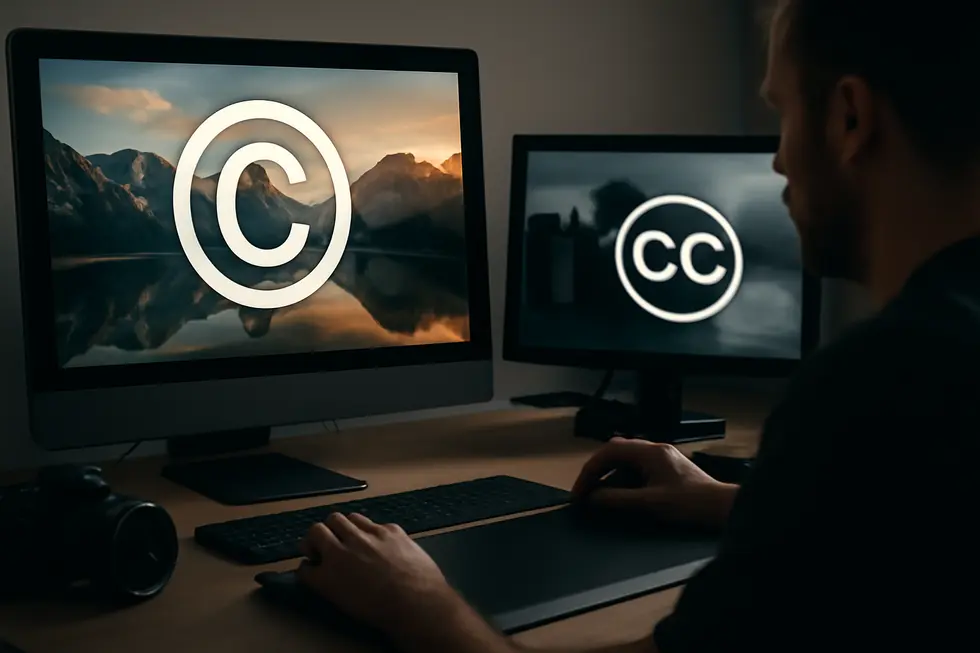
1. Navigating Copyright Law and Fair Use in Digital and Visual Media Contexts
Navigating the Complex Legal Landscape of Copyright Protection
Understanding copyright information in digital and visual media requires a firm grasp of the legal structures that govern these rights. Copyright law grants creators exclusive rights to reproduce, distribute, and publicly display their original works, including photographs, digital images, films, and other visual content. This framework balances the interests of rights holders—enabling them to monetize and control their creations—with the public’s ability to access and build upon those works for education and commentary.
Central to this balance is the doctrine of fair use, a nuanced exception allowing certain limited uses of copyrighted materials without the creator’s permission. Fair use typically applies to socially valuable activities such as criticism, commentary, research, news reporting, education, and parody. These uses often inject new meaning or transform the original work, factors that courts carefully evaluate under the four statutory criteria set forth in 17 U.S.C. § 107.
These criteria consider the purpose and character of the use, favoring nonprofit or transformative activities; the nature of the work, with greater protection afforded to creative rather than factual works; the extent of the portion used; and the impact of the use on the market value of the original. For example, a film critic’s use of clips to illustrate a review or a teacher’s incorporation of brief documentary excerpts in lessons can qualify as fair use, offering critical societal benefits without displacing the market for the original.
However, fair use in the digital realm involves additional complexities. Digital content often implicates rights beyond simple copying—such as distribution, public performance, and digital transmission rights—which remain strictly protected. Activities like streaming or downloading, therefore, require careful consideration to avoid infringement. Users must evaluate whether their use truly fits into fair use exceptions or if explicit permission remains necessary.
Emerging technologies like artificial intelligence further complicate these issues. Current copyright law does not protect works created solely by AI without meaningful human input. Moreover, using copyrighted materials to train AI models is an area of ongoing legal debate. Whether such use qualifies as fair use or constitutes infringement is unresolved, signaling significant future legal developments.
In summary, interpreting copyright information for digital and visual media protection demands an understanding of both creators’ exclusive rights and the carefully circumscribed exceptions embodied in fair use. Navigating these rules ensures proper respect for ownership while fostering innovation, expression, and education.
For more insights on copyright rights and digital media, see Copyright Definition and Protection for Business Owners.
Additional guidance on fair use can be found in the U.S. Copyright Office’s Fair Use Guidelines.
2. Navigating Real-World Scenarios: Effective Use of Copyright Information in Digital and Visual Media
Navigating copyright information in practical settings requires a balance between protecting creators’ rights and respecting user freedoms. Landmark cases like Lenz v. Universal Music Corp. illustrate this tension clearly. In this case, a brief home video of a child dancing to a copyrighted song was initially removed under a DMCA takedown but reinstated after courts emphasized that copyright holders must consider fair use before enforcement. This decision underscores the responsibility platforms have to educate rights holders about fair use principles and to establish robust dispute resolution mechanisms to prevent wrongful removals.
In educational environments, copyright law allows for certain flexible uses, often referred to as fair use or fair dealing. Educators can display low-resolution images of copyrighted artworks or film clips within teaching materials, as long as use is limited, properly attributed, and non-commercial. These exceptions enable learning without infringing copyrights. Streaming full films for class purposes may sometimes be permissible when access is strictly confined to enrolled students and does not damage the market. However, such uses remain subject to legal scrutiny, as recent university litigation confirms, requiring rigorous attention to copyright details.
Institutions like libraries face complex challenges in managing digital collections, digitizing content, and lending materials. They often rely on copyright frameworks and fair use provisions to provide access while respecting rights holders’ interests. Carefully navigating licensing agreements and preservation needs helps institutions comply with copyright law without overstepping bounds.
Legal interpretations hinge on nuanced tests—courts assess whether alleged copying reflects substantial similarity recognizable to an ordinary observer, protecting original expression but not ideas or short phrases. They evaluate the purpose and character of the new work, focusing on commercial intent versus transformative aspects, measure the proportional amount used, and consider market impact. These factors collectively determine whether a use constitutes infringement or falls under lawful exceptions such as parody or education.
Practical lessons from such real-world applications encourage platforms to implement fair use checklists before submitting takedown notices. Educators must carefully consider the purpose, amount used, audience restrictions, and always provide attribution. Institutions should strike a balance between preservation duties and licensing terms. Understanding quantitative and qualitative factors in copyright law enhances strategies to protect digital and visual media appropriately while honoring user rights.
For those seeking deeper understanding, the detailed educational exceptions and examples found in the York University Copyright Guide provide valuable insight into the thoughtful application of copyright information in academic and digital media contexts.
Chapter 4: Role of Copyright Information Example in Permission, Attribution, and Licensing
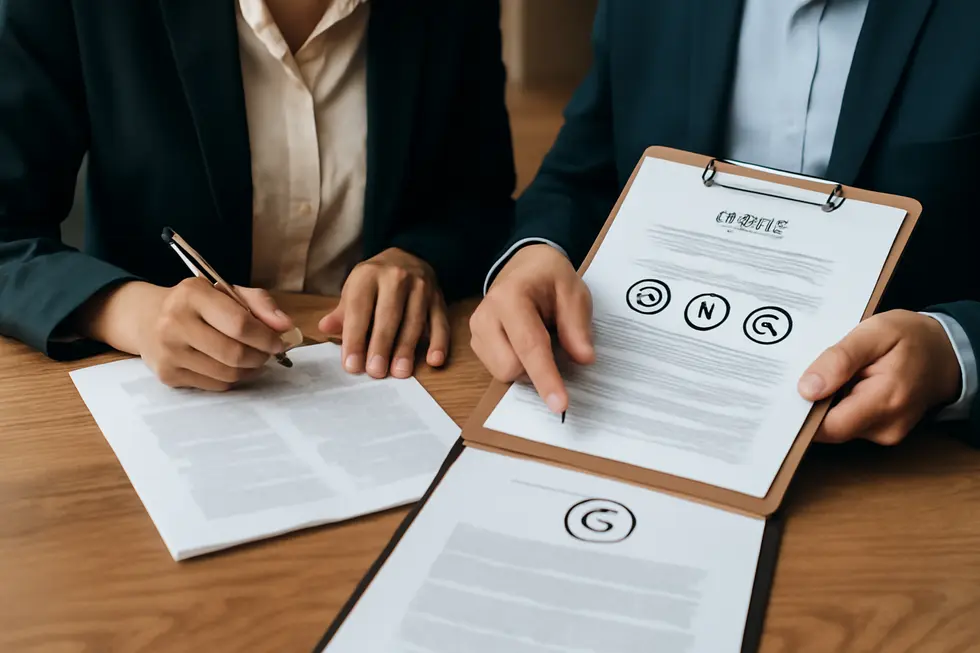
1. How Copyright Information Examples Clarify Permission and Legal Use of Creative Works
Copyright information examples play a crucial role in the realm of permissions by serving as clear, practical declarations of ownership and authorized use. They provide a legal foundation that protects creators’ rights while guiding users on how to lawfully access and employ copyrighted materials. At their core, these examples include an explicit assertion of ownership—often signified by the © symbol—along with the relevant date or range of publication, and the name of the copyright holder. This essential information establishes the baseline for all permission-related communications.
Beyond asserting rights, copyright notices frequently detail conditions for use, helping to prevent misunderstandings or unauthorized exploitation. For instance, photographers or authors often include language that restricts reproduction, distribution, or modification without prior consent. This may be as straightforward as a statement such as “All rights reserved” or more detailed instructions on how to seek permission. Such clarity reduces the risk of accidental infringement and educates users about the boundaries of acceptable use.
Obtaining permission generally requires identifying the copyright holder via the information provided and submitting a formal request, often in writing. This interaction is facilitated when copyright notices include contact details or instructions. For example, some creators state explicitly that their work is not licensed for public use unless prior approval is granted. Others may specify that any copying or adaptation is prohibited without express consent. In more proactive cases, copyright holders publicly warn against infringement to deter unauthorized use and protect their intellectual property.
This structured approach aligns with the exclusive rights granted under copyright law, which include reproduction, distribution, public display, and creation of derivative works. By providing standardized copyright information examples, creators make it easier for potential users to understand when permission is mandatory, and how it can be obtained. This is particularly important because attribution alone does not substitute for permission if the use exceeds legally allowed exceptions such as fair use.
Clear permission statements embedded in copyright information promote respectful collaboration between rights holders and users, ensuring that creative works are shared legally and ethically. They also streamline licensing processes, sometimes involving collective licensing agencies, which help manage permissions efficiently. Ultimately, these examples empower creators to enforce their rights while fostering a culture of compliance and lawful usage.
For further insights into copyright’s role in protecting creative business assets and facilitating legal use, visit copyright definition for business owners.
2. How Copyright Information Shapes Attribution, Licensing, and Creators’ Control
Copyright information examples serve as essential tools in bridging creators’ rights with users’ responsibilities. The typical copyright notice—comprised of the © symbol, publication year(s), and the copyright owner’s name—does more than declare ownership; it functions as a legal safeguard that deters unauthorized use. This clear marking establishes the creator’s claim over the work and can dramatically affect infringement litigation by preventing defenses based on ignorance of copyright protection. Beyond this foundational role, these notices guide users toward obtaining permission, setting a transparent pathway for lawful reuse.
In modern creative landscapes, standardized licensing, especially through Creative Commons (CC) frameworks, enhances this communication by explicitly defining how works may be used. CC licenses strike a thoughtful balance between protecting original creators and enabling shared cultural growth. They require attribution through the BY element, ensuring that credit is properly given, which underpins respect for the creator’s contribution. Other license terms, such as NonCommercial (NC), NoDerivatives (ND), and ShareAlike (SA), create tailored conditions that regulate commercial use, derivative work creation, and distribution terms, respectively. These clearly stated permissions and restrictions eliminate ambiguity by embedding instructions directly in the work’s accompanying documentation.
This clarity in licensing and attribution alleviates confusion that often leads to unintentional infringement. Users understand immediately if they must credit the author, can adapt the work, or if the use is limited to non-commercial contexts. Such transparent communication fosters ethical sharing and acknowledges creators’ moral and economic rights.
Effectively, the role of copyright information examples is inherently dual: they protect intellectual property by signaling legal ownership and simultaneously promote the responsible dissemination of creative works. This dual function supports vibrant creative ecosystems where innovation and respect for original authorship coexist.
For those aiming to better understand this critical intersection of rights and usage, exploring the nuances of copyright notices and licensing provides practical insight. Further discussion on how copyright information intertwines with broader intellectual property protections can be found in resources like copyright protection for business owners.
Ultimately, these structured notices and licenses not only secure creators’ interests but also guide users in navigating legal boundaries, promoting a culture of fairness and respect in creative expression.
Chapter 5: Technical Components and Standard Elements of a Copyright Information Example
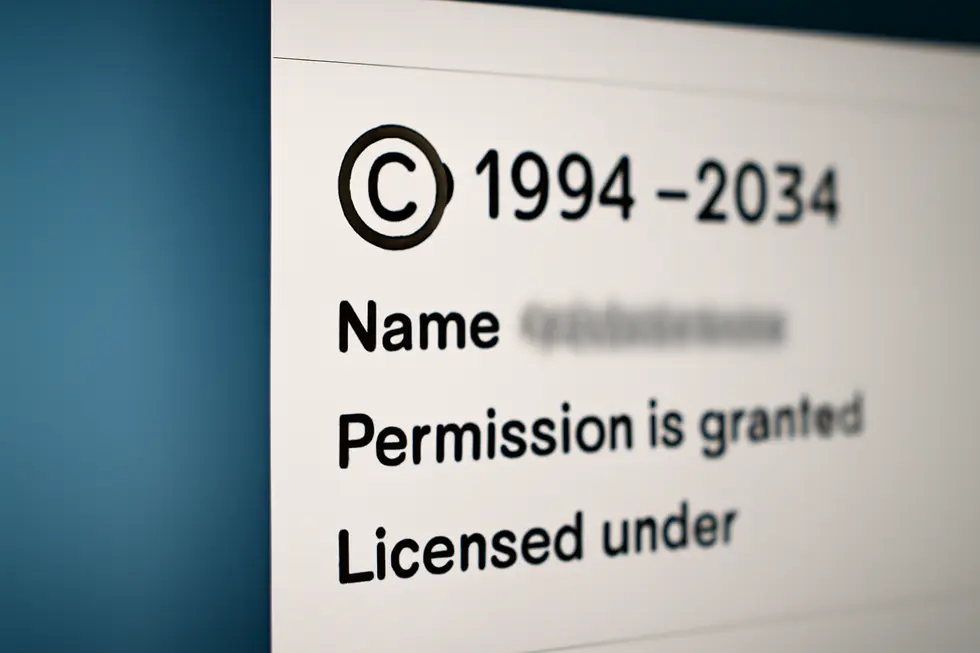
1. Decoding the Structure and Legal Weight of Copyright Notices in Creative Works
A copyright information example is much more than a simple label; it is a carefully constructed statement that carries significant legal and practical implications for creators and users alike. The core of most copyright notices consists of a few key structural elements that together assert ownership and specify the scope and duration of protection. Foremost among these is the copyright symbol (©), a universally recognized mark that signals to the public that the work is legally protected. Accompanying this symbol is the year of first publication or creation, which anchors the protection period and is vital for determining when the copyright expires. Closely following this is the rights holder’s name, identifying the individual or entity authorized to enforce the copyright and manage the work’s use. These elements combined send a clear, formal message that unauthorized copying or distribution is prohibited and subject to enforcement.
Beyond these basics, additional phrases such as “All Rights Reserved” often appear to underscore the exclusivity of rights granted by the copyright holder, discouraging unauthorized exploitation. In works like books, further details such as ISBN numbers, publisher names, or contact information add layers of bibliographic precision and legal clarity. For software or complex multimedia works, the scope of protection extends to source code, object code, user interfaces, and documentation, though always limited to the expression itself rather than underlying ideas or functionality.
However, clarity in copyright notices also arises from what is excluded. Titles, short phrases, slogans, generic symbols, and government publications typically fall outside copyright protection. These exclusions help distinguish copyrights from other intellectual property protections like trademarks. Importantly, while copyright protects the original expression of ideas, it does not cover the ideas themselves, ensuring a balanced framework that fosters creativity and competition.
From a legal perspective, proper use of these structural elements is critical for enforcement. A well-composed copyright statement aids in proving ownership and deters unauthorized use by clearly establishing who holds the rights and from when. Courts look at these notices alongside evidence of originality and registration status to determine infringements. When combined, the elements form a comprehensive metadata set that improves management of rights across various media.
To understand the impact and proper formulation of these notices, reviewing authoritative sources like the US Copyright Office’s guidelines can provide further clarity. For those interested in the intersection of copyright with business and ownership rights, more information can be found on intellectual property protection for businesses. This ensures copyright notices not only protect creators but also serve as a foundation for clear, enforceable rights in the creative economy.
2. Essential Elements and Registration Process of Software Copyright Information Examples
Software copyright information examples must convey precise ownership and protection details tailored to the unique nature of software as a creative work. A typical copyright notice for software incorporates several key technical components. It begins with the universal copyright symbol © or the word “Copyright,” followed by the year of first publication or creation. This date anchors the claim to the time when the work was fixed in a tangible form. Alongside this, the name of the copyright owner—whether an individual developer or a corporate entity—is clearly identified to establish legal rights. To reinforce protection, many notices include a rights reservation statement such as “All rights reserved.”
In addition to the basic notice, software copyright examples often specify the title of the program, sometimes including version or release information to distinguish iterations or updates. Identifying the author or the company responsible for the software creation enhances transparency and supports proper attribution. Where applicable, registration details such as a copyright registration number and date can be included. Registration is not compulsory but is strongly recommended due to its vital role in enforcing rights.
The copyright protection for software extends specifically to the original expression embodied in source code, object code, user interfaces, and related documentation—not to the underlying functional ideas or methods. Thus, the copyright notice serves as a clear marker of these protected elements, signaling ownership to users and potential infringers alike.
Regarding registration, the process—exemplified by procedures in the United States—begins with choosing between online or mail filing through the official copyright office. Applicants complete the required form (typically Form TX for literary works, which includes software) with accurate details about the author, claimant, and the work itself. A deposit copy of the software, which may comprise source code excerpts or relevant documentation, is submitted to serve as a legal record of the claimed work. Required fees, varying from approximately $45 to $125 depending on the filing method and category, must be paid. Once completed, the applicant receives a registration certificate and maintains documentation as proof.
The benefits of formal registration are significant: it provides legal evidence of ownership, establishes a public record of the claim, and crucially permits pursuit of statutory damages and attorney’s fees in infringement litigation. This strengthens the rights holder’s position substantially.
Ultimately, clear and comprehensive software copyright information examples combine precise technical components with prudent registration steps. Such practices ensure that the rights in software—recognized as complex creative expressions—are transparently communicated and enforceable. For a broader understanding of copyrights in digital and business contexts, exploring copyright definition and economics for businesses provides valuable insight.
For detailed guidance on official procedures and requirements, the U.S. Copyright Office website remains an authoritative resource: https://www.copyright.gov/registration/
Final thoughts
Effectively utilizing copyright information examples is fundamental for business owners who want to protect their creative works and avoid legal pitfalls. By understanding the formats and legal nuances, applying them correctly in academic and published contexts, and interpreting their role in digital and visual media protection, businesses can assert rightful ownership and control. Furthermore, recognizing the importance of permission, attribution, and licensing empowers informed usage and collaboration while respecting intellectual property rights. Finally, grasping the technical components and standardized elements ensures consistency and clarity across all copyright information applications. Together, these insights form an essential toolkit to safeguard your business’s valuable intellectual assets and maintain competitive integrity.
Your IP is the foundation of your success – let’s protect it together before it’s too late. We can’t wait to help you turn your ideas into legally secured assets.
About us
undefined
